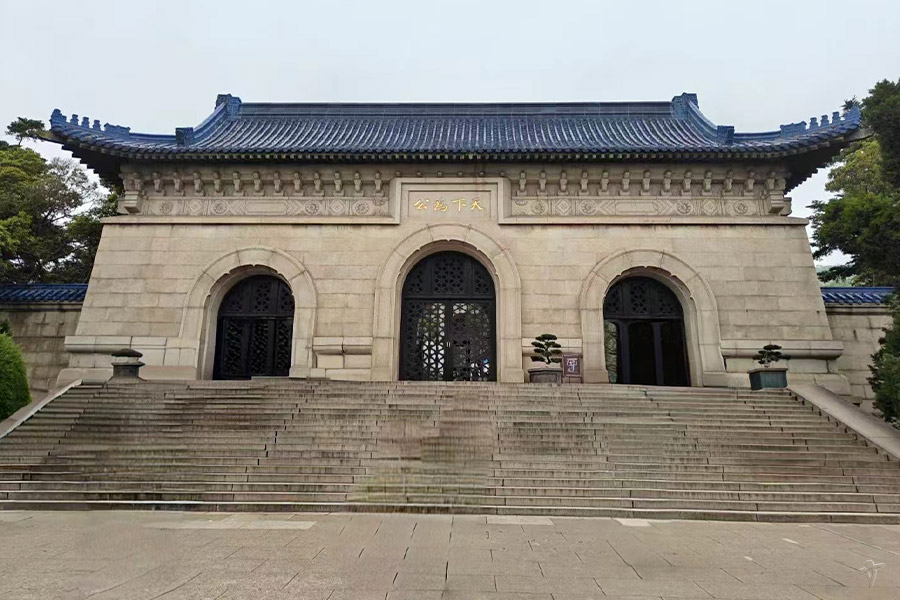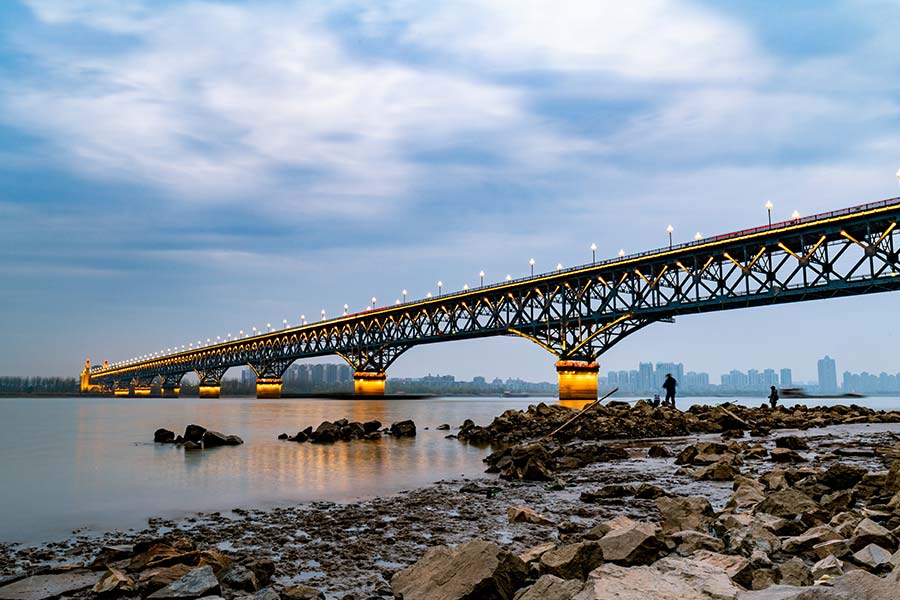Ming Xiaoling Mausoleum
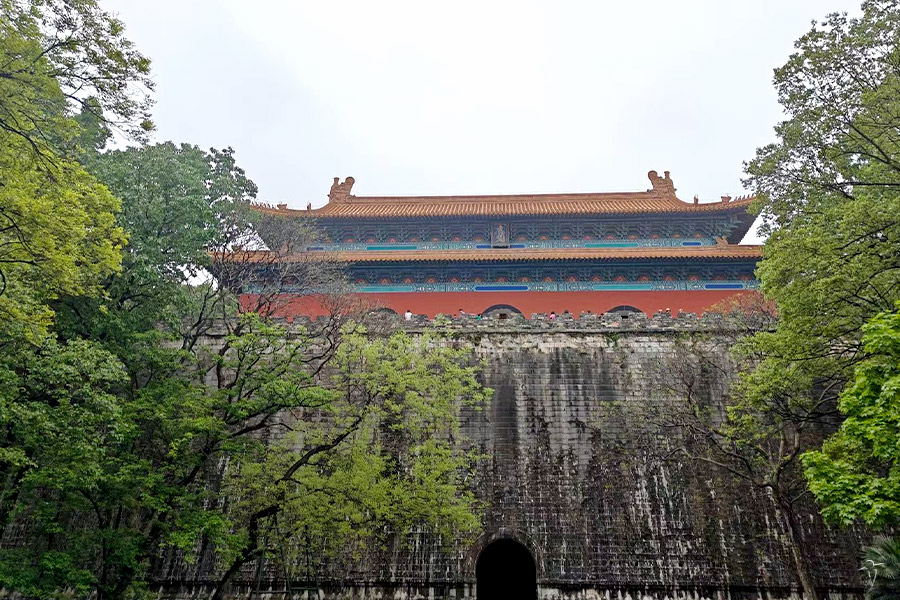
Chinese name: 明孝陵 (Ming Xiao ling ).
Location: at the foot of Wanzhu Peak of Zhong Mountain, east suburb of Nanjing City, Jiangsu Province.
Opening time: 08:30-17:00.
Ticket: CNY 70.
How to get there:
- Take bus No.2, 20 or 315, get off at the station of Ming Xiaoling Mausoleum:
- Take tourist bus No.3 and get off at the station of Ming Xiaoling Mausoleum:
- Take subway Line 2 and get off at the station of Ming Xiaolling Mausoleum.
Best time for visit: spring and autumn.
Travel tips:
The nearby attractions such as Dr. Sun Yat-sen's Mausoleum and Linggu Temple are easy to reach from Mingxiaoling Mausoleum by sightseeing bus, battery car or small train.
Introduction to Ming Xiaoling Mausoleum
Ming Xiaoling Mausoleum is the largest imperial tomb in Nanjing City and is also one of the largest imperial ones in China. It took about 17 years to construct this mausoleum, where Emperor Zhu Yuanzhang, the first emperor of the Ming Dynasty (1368-1644) and his Queen Ma were buried.
In 1384, Queen Ma died and was buried at the mausoleum and was bestowed the title "Queen of Xiao Ci" which means "Queen of Filial Piety and Kindness" by the emperor. Hence, the mausoleum was named after her title. Covering a lager area, Ming Xiaoling Mausoleum is renowned for its unique design, eminent status, amazing beauty and its magnificent construction. It is the milestone in the development of Chinese imperial mausoleums and deeply influenced the mausoleum style of the following ages. On July 3 of 2003, Ming Xiaoling Mausoleum was listed as a World Cultural Heritage Site by the UNESCO.
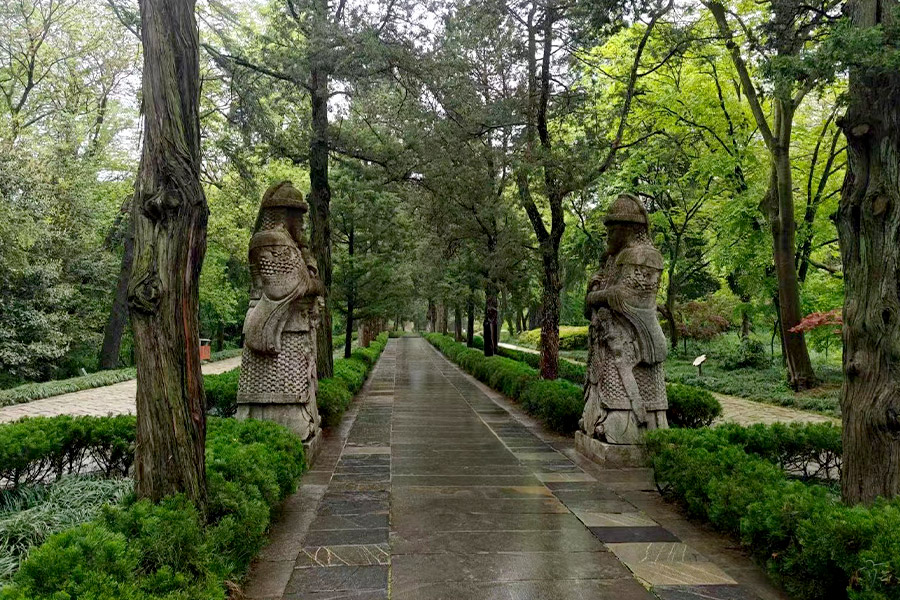
About the Tomb Palace of Ming Xiaoling Mausoleum
With a history of over 600 years, Ming Xiaoling Mausoleum still keeps the original grand style, especially the intact underground tomb palace. As the final resting place of the first emperor of Ming Dynasty, the specific place of the tomb palace is a myth for a quite long time and there were not any evidences in the history records. It was said that there were about thirteen funeral processions in different places at the same time when the funeral ceremony of Emperor Zhu was held. As a result, nobody knew where the real tomb was. To find out the truth, some archaeologists spent almost six years exploring the specific place since 1998. At last, Dulongfu (独龙阜) is regarded as the central place of the tomb palace.
Major Structures of Ming Xiaoling Mausoleum
The Ming Xiaoling Mausoleum is made up of two major sections: the Sacred Way and the main body of the mausoleum itself.
1. Tablet Pavilion
The Tablet Pavilion, which is also called Sifang Cheng(四方城), is located not far from the entrance. A majestic tablet was erected by order of Emperor Zhu Di, the fourth son of Zhu Yuanzhang as well as the third emperor of Ming, to eulogize his father's merits and virtues. The tablet is set up on the back of Bixi, a legendary animal similar to tortoise.
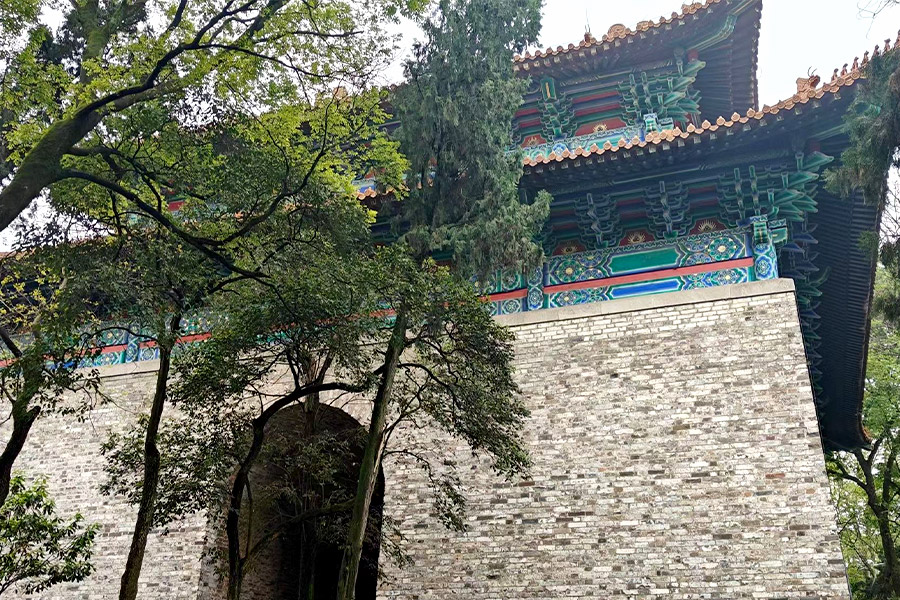
2. The Sacred Way
The Sacred Way is about 800 meters long. By the first half of the Way, there are 24 stone animals of 6 types guarding the mausoleum, with two stone animals standing and the next two lying. The animals postured differently, conveying auspicious meanings. For example, the lions, king of the animals, show the stateliness of the emperor: the camels, symbols of desert and tropical areas, indicate the vast territory of the dynasty and the elephants imply that the policies of the dynasty are to meet the desire of the grass root and the stabilization of the dynasty. Beyond the stone animals, there are a pair of stone columns carved with dragons, these columns are also called Huabiao (华表) which look like those srecting on the Tiananmen Square in Beijing. By the end of the columns, it is the stone statues of ministers and generals.
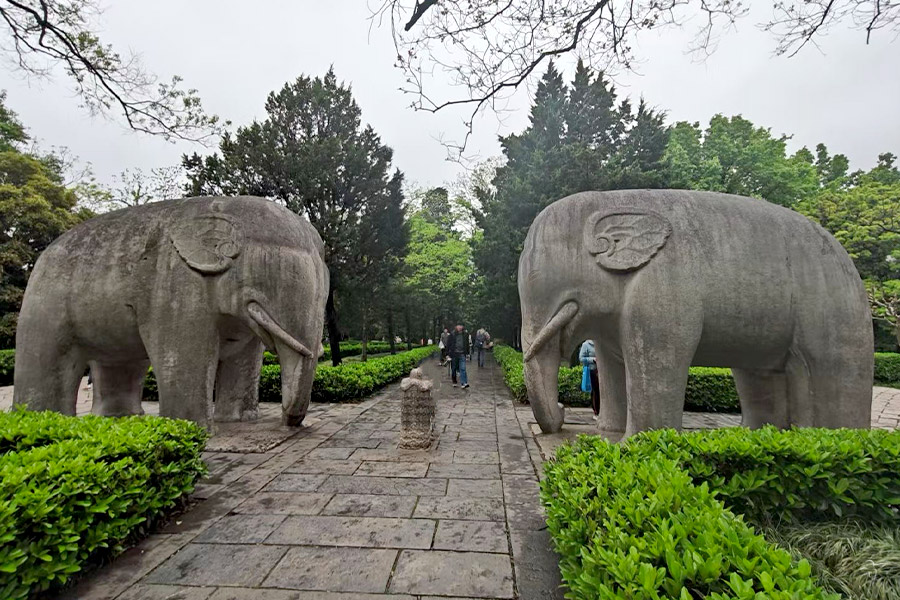
3. Jinshui Bridge and Wenwu Archway
Continuing along the Sacred Way, visitors will reach the main body of the mausoleum. You will start from the Jinshui Bridge first and then arrive at the Wenwu Archway, which is the main gate of the mausoleum. Outside the gate, there is a stone tablet with words carved in six languages, notifying visitors of the great importance of the mausoleum.
4. The Xiaoling Hall
The next part is the Xiaoling Hall, the major structure of the mausoleum. It was rebuilt in the Qing Dynasty (1644-1911) and was smaller in size than the original. Figures of Emperor Zhu Yuanzhang and his Queen Ma are placed inside on the wall. There are also a variety of sculptures depicting various scenes like the "Two Dragons Playing with the Pearl", "the Heavenly Horses Flying in the Sky" and "the Bright Sun over the Country".
5. Fang Cheng and Ming Lou
With stone stairs leading to the top, Fang Cheng is a castle-like building, about 75 meters wide, 31 meters long and 16 meters high. You can find Ming Lou which is a structure built in palace style of the Ming Dynasty. The ceiling of Ming Lou has been destroyed, only left four walls. These two structures are both innovations of the Ming Dynasty.
6. Bao Ding
The last part of the mausoleum is Bao Ding which looks like a massif. The coffin chamber of Emperor Zhu Yuanzhang and Queen Ma is just beneath. It is a large round hillock with a stone wall lying around. On the south part of the stone wall, there are seven Chinese characters "此山明太祖之墓" which shows that this large hillock is indeed the tomb of Emperor Zhu Yuanzhang.
Quick Questions
Our team is waiting for your questions. Please feel free to ask us any questions you might have about our China package tours, Chinese culture, or the sites available. We will gladly help you with any special needs you might have and all questions, like our trip designing is completely free of charge.



